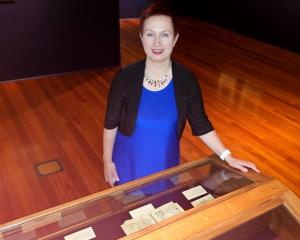A beautiful day at Tomahawk Beach recently was a chance for locals to take part in a coastal care workshop organised by the New Zealand Marine Studies Centre.
Community engagement co-ordinator Tamlyn Somerford said the workshop helped members of the community understand the marine environment.
"This is all about getting out into the environment and looking for signs, or tohu, from the ocean from the coastal environment to see what change has been happening — what is our environment like at the moment and if we come back here, what will it change over time?"
By using a simple square-metre frame, people were able to focus on observing everything visible inside the quadrant, helping them understand what was present on the shore.
"We count all the animals and the rimurimu, the seaweed inside that is living and that can tell us what is present on the shore."
The aim was to gain a snapshot of species that could be seen in a single timeframe.
If the same coastal area was analysed at a later date this could help understand any fluctuations in species numbers or types, she said.
"If we came back and did it a year from now, we would be able to say ‘huh, has anything changed or are we seeing everything the same?’, and then we can make conclusions about why they might be changed."
The beach workshop was also a chance to try out a resource called "Signs of the Sea", which was being developed by the marine studies centre.
It enabled school groups or families to walk along the beach and undertake observation activities
"using smell, touch, sound, doing dance, creating songs, creating poems, learning about purakau, about Maori mythology".
The idea for the Signs of the Sea project came about because of the quiet walks people took during the Covid-19 pandemic lockdowns.
The project was still in the development phase, but teacher guides and identification and fact sheets were some of the resources that might be developed by the New Zealand Marine Studies Centre, Ms Somerford said.















